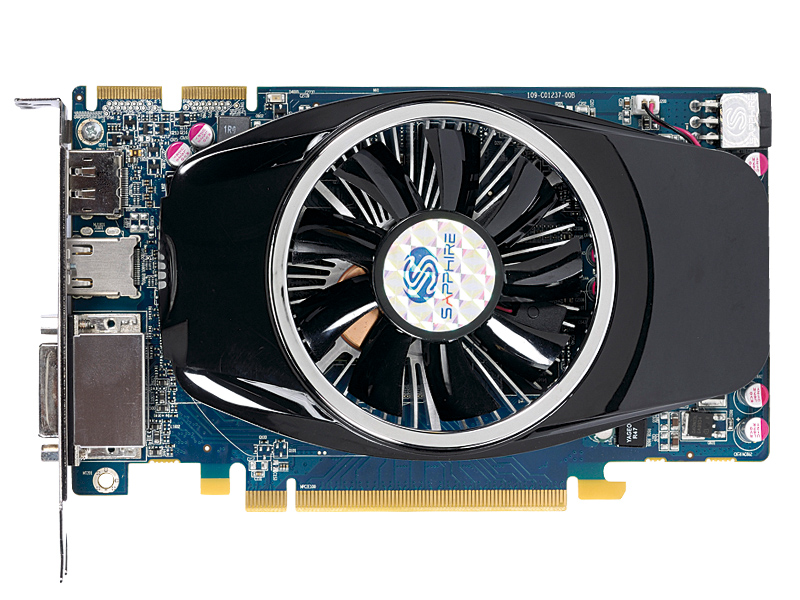TechRadar Verdict
Unfortunately, in this squeezed market the HD 5750 has lost its place in the world
Pros
- +
Passable low-end gaming
Cons
- -
Poor DX11 performance
- -
Too expensive
- -
Looking long in the tooth
Why you can trust TechRadar
The HD 5750 is not a rampaging powerhouse. It can run games at 1,680 x1,050, but don't expect searing frame rates, especially when anti-aliasing and anisotropic filtering are on the cards.
Moreover, DX11 effects, such as Tessellation and Multi-thread Rendering, require the kind of resource budgets the 5750 simply can't raise. With its narrow memory bus and a GPU that pales in comparison to AMD's other offerings, it struggles in these tests.
Market changes mean that things have got a little better for the HD 5750, however. Just a month or so back, it was priced similarly to Nvidia's GTS 450, the raw grunt of which it simply can't match.
It's come down a bit in price now though, and can be found for around £15 cheaper than the GTS 450, and its bigger brother, the HD 5770. But still that £15 makes the difference between decent and average gaming at 1,680 x 1,050.
At 1,680 x 1,050, with 4x AA, the HD 5750 runs DX10 games at reasonable speeds of 30 to 40fps, and even has a tickle at competence when cranked up to 1,920 x 1,080.
Throw some DX11 tessellation on top, though, and it struggles to even produce playable frame rates.
With the HD 5750, you can forget any dreams of DX11 gaming on the cheap; the API's routines are simply too demanding on hardware to give this card a shot at providing smooth playability.
More powerful mid-range cards struggle to produce acceptable speeds in this environment, and sadly for the 5750, it isn't one of those. It handles older DX10 games okay – as evidenced by its 1,680 x 1,050 performance in Far Cry 2 – but anything newer is a chugfest.
No place
Part of the problem is its pricing. Given that much better cards are just a little more expensive, the poor little thing doesn't really have a place in the world, and the only way we'd condone owning one is if it came in an off-the-peg PC.
We simply cannot recommend that you part with £85 for one, when £15 more gets you decent midrange performance with the HD 5770, or Nvidia's GTS 450, both of which are considerably more competent players at 1,680 x 1,050.
Likewise, if you want a media centre card, there are way cheaper options available – such as AMD's own HD 5570, examples of which can be found for £50. Or, if you fancy something a little newer and gruntier, there's also Nvidia's Fermi-based GT 430, for around £55.
The HD 5750 is too ambitious in price to be a cheap-and-cheerful media centre card, too weedy to perform competently in DX11 and completely overshadowed by more powerful cards that are just a shade more expensive.
Follow TechRadar Reviews on Twitter: http://twitter.com/techradarreview
Technology and cars. Increasingly the twain shall meet. Which is handy, because Jeremy (Twitter) is addicted to both. Long-time tech journalist, former editor of iCar magazine and incumbent car guru for T3 magazine, Jeremy reckons in-car technology is about to go thermonuclear. No, not exploding cars. That would be silly. And dangerous. But rather an explosive period of unprecedented innovation. Enjoy the ride.
